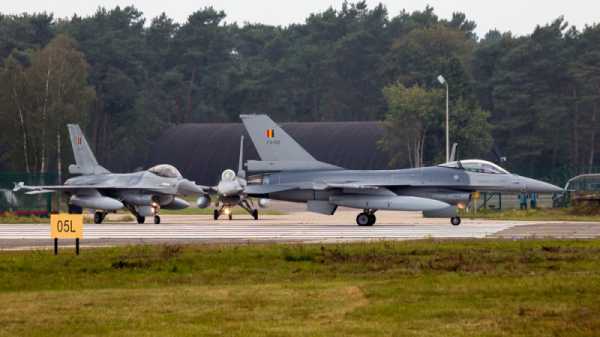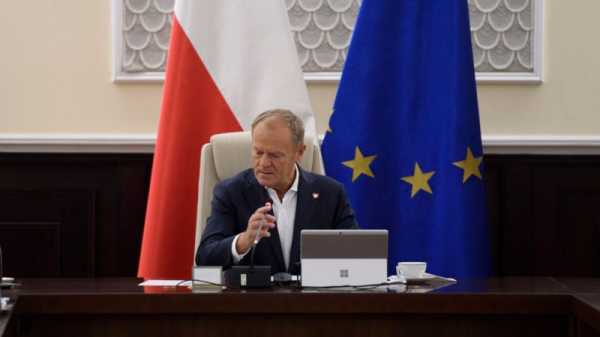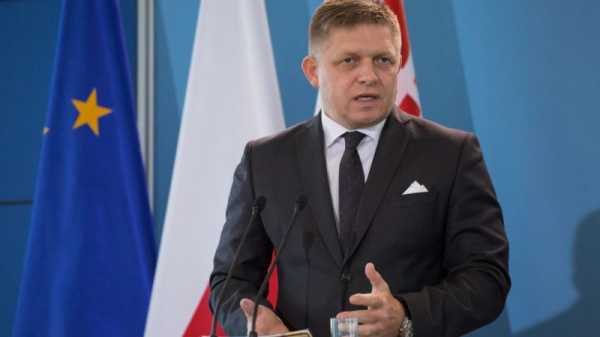
Belgian army leadership believes that F-16 planes are in poor condition and cannot be sent to Ukraine, Lieutenant Frédéric Goetynck told De Standaard on Monday.
“It’s not that we don’t want to, but when our planes are retired, they’re worn out. These planes will already have flown so many hours that their structure is simply worn out”, said Goetynck. “You can’t send planes to Ukraine that you wouldn’t use yourself”, he added.
Belgian Prime Minister Alexander De Croo had already indicated in February that Brussels would not be supplying combat aircraft to Ukraine, and this was confirmed in May by Belgian Defence Minister Ludivine Dedonder.
While De Croo stressed the necessity of these aircraft for the national army and NATO, Dedonder said that the country could not send its F-16s to Ukraine because they were “at the end of their life cycle”, even if the US gave the green light for delivery.
“Belgium has already sent automatic weapons, Lynx armoured vehicles and more than 200 Volvo trucks to Ukraine, as well as ammunition, fuel and medical equipment,” Goetynck said. In addition to the military aid, Belgium approved its latest support package for Ukraine in June, adding €24 million to the €61.5 million Belgium earmarked for aid last year.
However, despite these announcements, Belgium continues to lag in terms of total military spending, in particular when measured against the NATO spending target of 2% of GDP.
While Belgium has reached 1.18% of its GDP in terms of defence spending in 2022, a recent document published by NATO indicates that this figure will be 1.13% of GDP or more than €6.5 billion this year. This puts Belgium in penultimate place, behind Spain (1.26%) but ahead of Luxembourg (0.72%).
At the Madrid NATO summit in July, De Croo reaffirmed his intentions to increase defence spending to 2% of GDP by 2035, following a “realistic” path through 1.54% by 2030.
(Nina Chabot | EURACTIV.com)
Read more with EURACTIV

UK announces new projects to fight climate change in Africa
Source: euractiv.com



